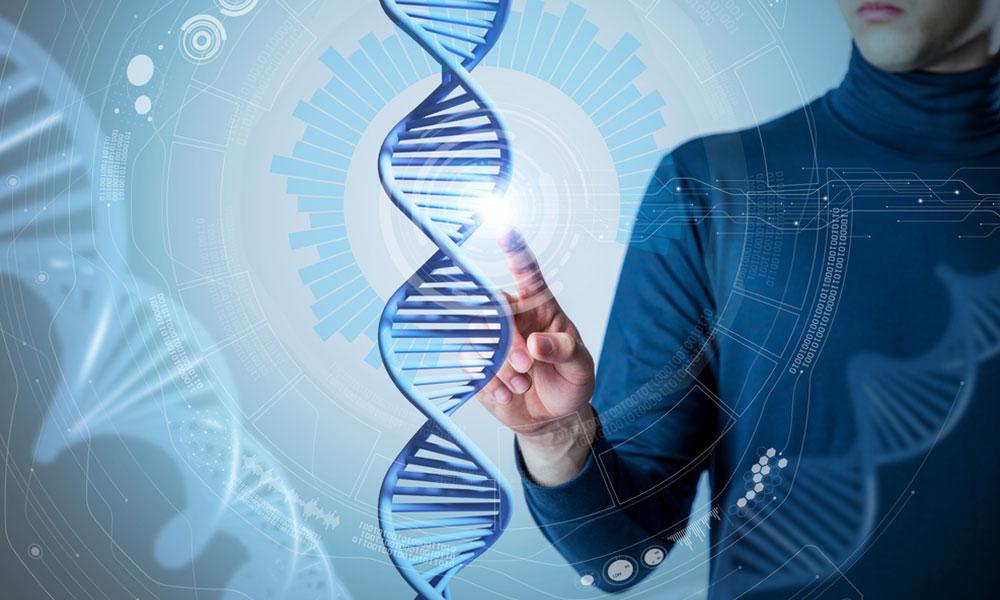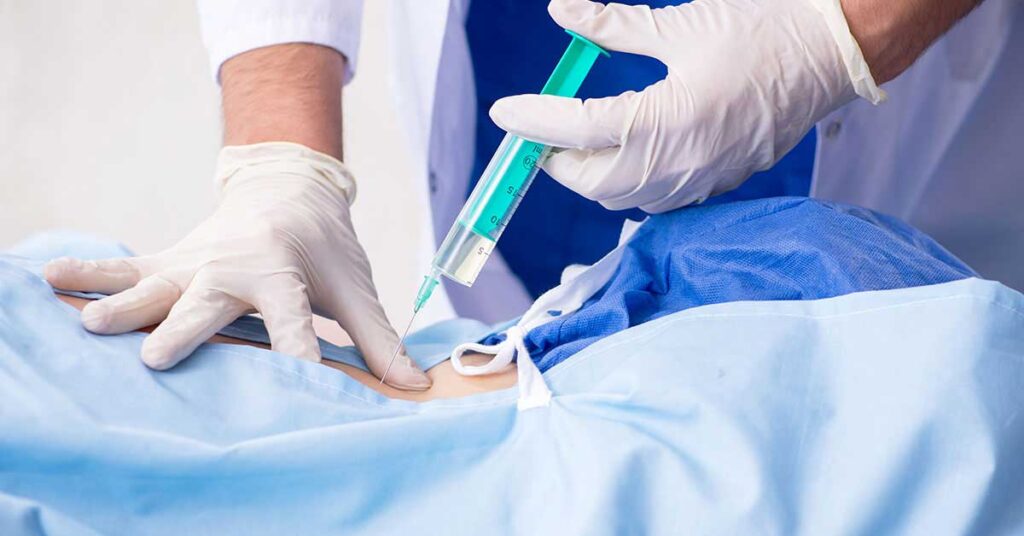Regenerative medicine, which has gained popularity recently, is a way to restore functions that have been lost as a result of disease or injury by enhancing the body’s natural ability to heal itself without the need for traditional drugs.
The most cutting-edge form of medical care, known as regenerative medicine, uses the body’s intrinsic capacity for regeneration to cure disease. It is the most cutting-edge medical procedure that makes use of the “regenerative capacity” that every one of us possesses, such as the natural healing of abrasions and the regeneration of skin that progressively forms crusts.
Regenerative medicine has sophisticated therapy modalities in orthopedics that use “somatic cells,” such as tissue and blood, as well as modalities that use “stem cells,” which are cells that are in the process of becoming somatic cells. Somatic cell therapy, as an illustration of the usage of blood, concentrates the patient’s own blood, transforms it into platelets with high repair capabilities, and injects it into the damaged area to stop joint pain and inflammation caused by conditions like osteoarthritis. It reduces and enhances the likelihood of muscle and ligament damage in athletes. Mesenchymal stem cells are being used in stem cell therapy in an effort to help rebuild cartilage and heal fractures.
BASICS TO UNDERSTAND FIRST BEFORE KNOWING ABOUT REGENERATIVE MEDICINE
There are approximately 60 trillion cells in the human body. An egg must be fertilized by sperm for around 40 weeks before it begins to gradually divide into nerves, muscles, bones, skin, and other bodily parts. A cell must develop into a human over the course of around 40 weeks, and it is continually being replaced by new cells.
A single cell, not just a human, is the smallest unit of a living thing, and an individual is made up of several cells. If we return to the cell unit, we can state that a human is also a fertilized egg.

THE USE OF STEM CELLS IN MEDICINE
Some of the cells in our bodies can change into different kinds of cells, just like a fertilized egg can. Stem cells are what these are. Normally latent in the body’s deepest layers, stem cells can awaken to mend the body’s functions by reproducing and renewing themselves when they discover a broken or malfunctioning cell or when they discover that there aren’t enough cells in the body.
The capacity of stem cells to differentiate (transform) into several cell types. Stem cells have the capacity to differentiate into a wide variety of cell types, including those found in tissues like skin, joints, bone, cartilage, and muscle as well as organs like the heart and liver.
Regenerative medicine makes use of stem cells. The human body has a built-in capacity to restore weakened or injured body parts. Stem cells are used in regenerative medicine because of their ability to repair and strengthen tissues tens of millions of times. They also work diligently to repair organs and blood vessels that have become dysfunctional due to damage, and by doing so, they are able to regenerate the body back to its original state.
The ability of your own “cells” to restore bodily processes that you were unable to accomplish on your own through normal means, such as exercise, nutrition, rest, etc., is known as autologous adipose tissue stem cell treatment.

PRP THERAPY AS REGENERATIVE MEDICINE
In PRP therapy, a type of regenerative medicine, the treatment site is injected with “Platelet Rich Plasma (PRP),” which is made from the patient’s own blood.
Platelet-rich plasma (PRP) therapy, as its name suggests, is a form of regenerative medicine that makes use of the properties of platelets. When blood arteries are injured, platelets coagulate to stop bleeding. Because of the growth factors and other substances released from platelets, PRP therapy is supposed to aid in the healing of damaged tissue and the alleviation of symptoms.
When blood arteries are injured, platelets, which range in quantity from 100,000 to 400,000 per millimeter of blood, assemble at the site of injury to stop bleeding and release significant amounts of growth factors. These growth factors are in charge of triggering the tissue repair process.
This therapy uses your own blood for treatment making it a safer option. Call Specialty Care Clinics at (469) 545-9983 to book an appointment with an orthopedic doctor.
